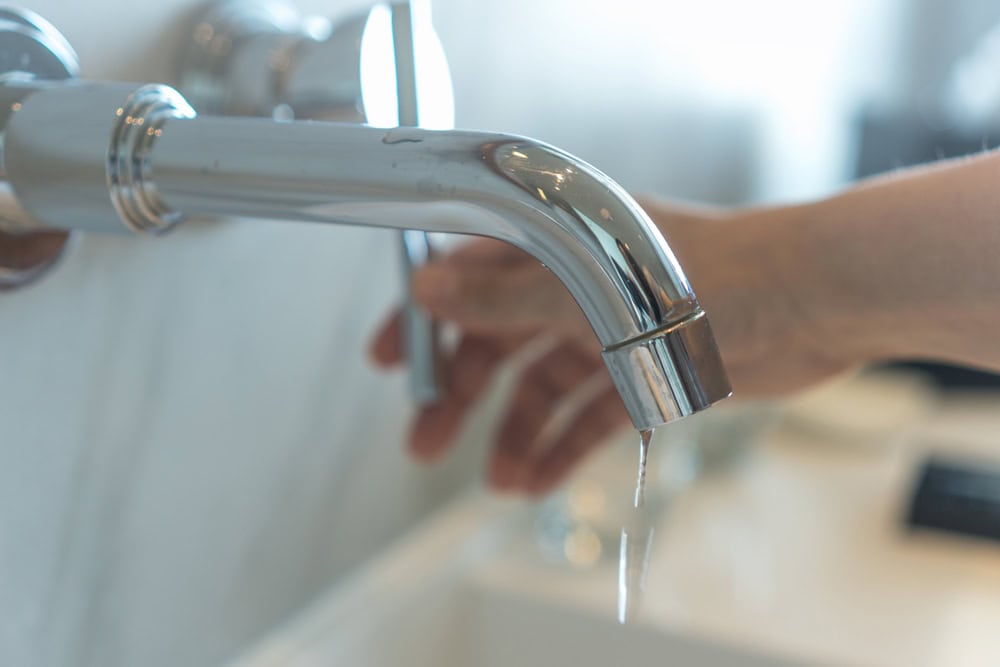Water conservation is becoming increasingly important in modern construction, especially in regions prone to droughts and water shortages. For contractors, offering water conservation services can not only help the environment but also attract clients looking to reduce their water usage and costs. This guide will explore various water conservation techniques, the necessary certifications and training, and how contractors can implement these solutions in their projects.
Types of Water Conservation Techniques
Rainwater Harvesting
Rainwater harvesting involves collecting and storing rainwater for later use. This water can be used for irrigation, flushing toilets, and even drinking if properly treated.
- Benefits of Rainwater Harvesting: Reduces demand on municipal water supplies, lowers water bills, and provides a sustainable water source.
- Rainwater Harvesting Systems: Rainwater Harvesting
Greywater Systems
Greywater systems recycle water from sinks, showers, and washing machines for use in irrigation and toilet flushing. These systems help reduce the overall water consumption of a building.
- Common Applications of Greywater Systems: Residential and commercial buildings, especially in areas with water restrictions.
- Greywater System Installation Resources: Greywater Systems
Low-Flow Fixtures
Low-flow fixtures, such as faucets, showerheads, and toilets, are designed to use less water without compromising performance. These fixtures are an easy and cost-effective way to reduce water usage.
- Benefits for Water Efficiency and Cost Savings: Significant reduction in water consumption and lower utility bills.
- Low-Flow Fixture Resources: Low-Flow Fixtures
Certification and Training for Water Conservation
- WERS Certification: The Water Efficiency Rating Score (WERS) certification is a recognized credential for professionals in the water conservation field. It demonstrates expertise in designing and implementing water-efficient systems.
- Importance of WERS Certification: Enhances credibility, increases job opportunities, and ensures adherence to industry standards.
- WERS Certification Requirements and Application: WERS Certification
Training Programs
Various training programs and courses are available to help contractors gain the necessary skills for water conservation. These programs cover topics such as system design, installation techniques, and best practices.
- Recommended Training Programs: Online courses, in-person workshops, and hands-on training sessions.
- Water Conservation Training Resources: Water Conservation Training
Market Demand and Opportunities
- Residential Market: The residential market for water conservation techniques is growing as homeowners seek to reduce their water bills and environmental impact. Offering water conservation services can attract clients looking for sustainable solutions.
- Benefits for Homeowners and Contractors: Lower water costs, increased property value, and potential tax incentives.
- Residential Water Conservation Resources: Residential Water Conservation
Commercial Market
The commercial market also presents significant opportunities for water conservation. Businesses are increasingly adopting these techniques to reduce operating costs and meet sustainability goals.
- Examples of Successful Commercial Water Conservation Projects: Water-efficient landscaping, greywater systems in office buildings, and low-flow fixtures in hotels.
- Commercial Water Conservation Resources: Commercial Water Conservation
How to Get Started with Water Conservation Techniques
Step 1: Assessing the Site
Conducting a thorough site assessment is crucial for successful water conservation. This involves evaluating the building’s water usage, identifying areas for improvement, and determining the best conservation techniques.
- Link to Site Assessment Tools and Resources: Water Conservation Site Assessment
Step 2: Planning and Design
Proper planning and design are essential for optimizing water conservation systems. Contractors should work with clients to develop a customized solution that meets their needs and budget.
- Examples of Successful Water Conservation Designs: Case studies and design guides can provide valuable insights into effective water conservation solutions.
- Water Conservation Design Resources: Water Conservation Design
Step 3: Installation and Maintenance
Executing the installation involves setting up the water conservation systems, connecting the necessary components, and ensuring compliance with safety standards. Regular maintenance is also important to ensure the long-term performance of the systems.
- Importance of Regular Maintenance and Inspections: Helps identify and address potential issues, ensuring the systems operate efficiently.
- Installation Guidelines: Water Conservation Installation
Water conservation techniques offer numerous benefits for both clients and contractors. By obtaining the necessary certification and training, contractors can tap into the growing demand for sustainable and water-efficient solutions.

